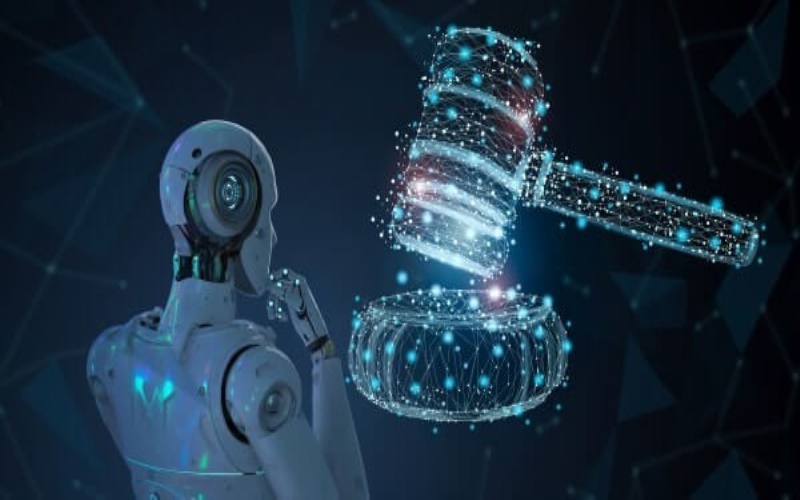In recent years, the legal industry has undergone a transformative shift with the integration of Artificial Intelligence (AI). This technological revolution has paved the way for innovative applications that enhance efficiency, accuracy, and overall client satisfaction. In this exploration, we delve into the various ways AI is reshaping legal businesses.
- Legal Research and Document Analysis:
AI, particularly Natural Language Processing (NLP), has revolutionized legal research. With the ability to sift through vast volumes of legal documents, AI tools enable legal professionals to extract relevant information swiftly. Document review software powered by AI ensures a meticulous examination of legal texts, reducing human error and expediting the research process. - Contract Analysis and Management:
The cumbersome task of contract review has found a solution in AI. Through advanced algorithms, AI systems can analyze contracts, identify key clauses, and flag potential issues. Additionally, AI-driven contract management platforms streamline the entire lifecycle of contracts, from creation to renewal, enhancing organization and minimizing compliance risks. - Legal Chatbots for Client Interaction:
The advent of legal chatbots has redefined client interaction. These AI-driven tools handle routine client inquiries, provide information about legal services, and guide clients through basic legal processes. This not only improves client engagement but also allows legal professionals to focus on more complex tasks, as routine queries are efficiently addressed by chatbots. - Predictive Analytics in Litigation:
AI’s predictive analytics capabilities are being harnessed to forecast legal outcomes in litigation. By analyzing historical case data, AI can offer insights into potential case outcomes, helping legal professionals make informed decisions and strategize effectively. This predictive approach adds a valuable dimension to litigation preparation. - Compliance Monitoring and Risk Management:
AI plays a crucial role in compliance monitoring and risk management. Legal businesses can employ AI to track regulatory changes, ensuring that they stay updated on evolving legal landscapes. By automating risk assessment processes, AI contributes to proactive risk management, mitigating potential legal challenges before they escalate.
Conclusion:
The integration of AI in legal businesses has ushered in a new era of efficiency, accuracy, and client-centric services. From revolutionizing legal research to enhancing client interaction and predictive analytics in litigation, AI is proving to be a valuable ally for legal professionals. As the legal industry continues to embrace these innovative applications, the potential for further advancements and improvements is boundless. The AI revolution in legal businesses is not just a technological evolution; it is a transformative force shaping the future of the legal profession.

